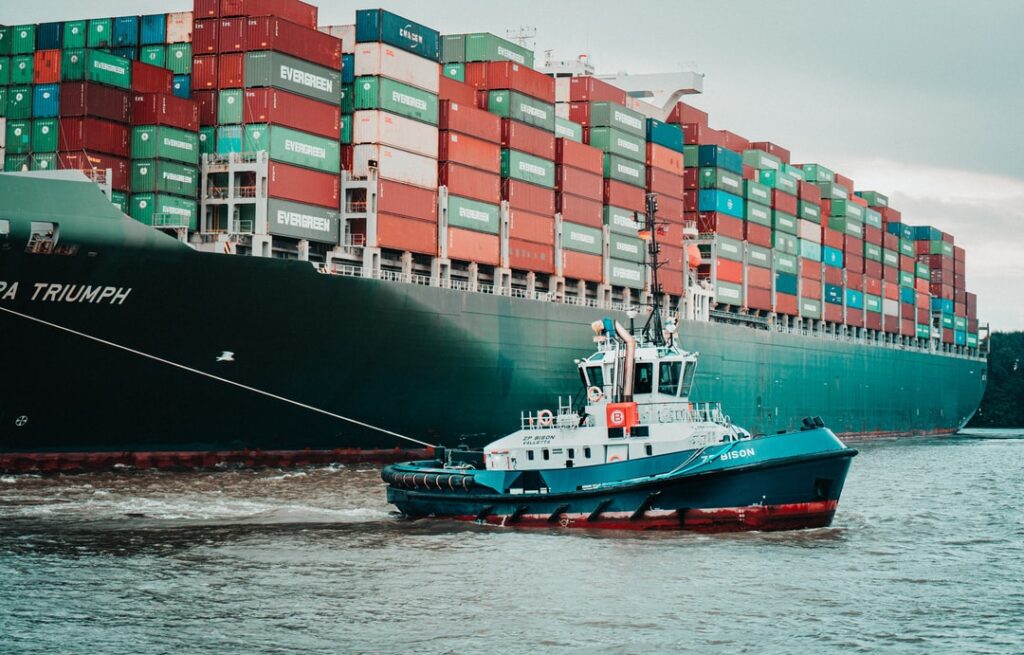Inventory levels depend on more variables than ever. Improving the prediction of future demand can reduce uncertainty.
Historical data used to be a solid indicator of future demand. If customers behaved a particular way year after year, a time-series analysis would detect a distinct trend that informed demand forecasts. This has been the case for decades, but the supply chain chaos that erupted in the wake of the global pandemic upended old assumptions.
In a recent GAINS webinar on right-sizing inventory. Lora Cecere, the founder of Supply Chain Insights, made the following observation:
“Historically,our practices for demand planning have always assumed that the order patterns and shipment patterns from prior years would serve as a good proxy metric to go into optimization engines to deliver results, but in the pandemic, when demand really changed and people shifted from buying services to buying products, companies were caught on the backfoot because of those traditional demand planning solutions and approaches were not sufficient.”
Reducing inventory has been a challenge despite the use of technology
While historical data is still essential to the overall picture, your supply chain must also withstand demand variability and sudden forecast changes that cannot be found within past data. The outcome of these static analyses produced a disturbing trend — companies today hold 27 more days of inventory compared to the beginning of the Great Recession in 2007.
So, although 96% of organizations use an Enterprise Resource Planning (ERP) solution intended to reduce inventory, that promise has yet to materialize. It’s not surprising to hear about companies still using Excel to manage their inventory and forecasts, regardless of company size. Cecere pointed to a host of contributing factors that demand planners now have to contend with:
- Longer lead times
- More transit inventory
- More supply chain nodes
- Increase in product complexity and, by extension, cycle stock due to the long tail supply chain strategy of low-volume products and high volatility
- Increased demand- and supply volatility
In our new environment, improved forecast accuracy can eliminate some uncertainty for demand planners. That, in turn, can drive revenue by achieving the elusive goal of reducing inventory without impacting service. Of the many options that planners have to analyze and predict product demand, a few stand out:
1. Make the forecasts more granular
High-level or aggregated demand forecasts have a role to play when exploring long-term purchasing patterns and behaviors and are ideal for sharing metrics with executive leadership. But these overview models do not include the fine details needed to predict short-term demand accurately. The granular forecasts may consist of features such as:
- Seasonality analysis: A forecast that accurately predicts the number of items sold in a year is of limited use if it fails to include the time frame and locations of the sales.
- Input variables: Economic indicators, interest rates, business cycles, competitor performance, demographic data, buying patterns by market and location, price points for revenue maximization, purchase drivers, and market trends contribute to the forecasting profile.
- Forecasting algorithms: For the most on-target analysis of all variables, advanced methods such as demand pattern recognition, demand sensing, and machine learning can help automatically detect and respond to changes.
So-called probabilistic forecasting assigns a probability to every possible outcome rather than producing one value as the “best” outcome. In the end, the model’s output predicts future demand for a particular product, customer, region, or other relevant dimensions. This prediction can be presented as a point estimate or a range of values and may include associated measures of uncertainty.
2. Regularly monitoring performance
Regularly review the accuracy of your forecasts and make adjustments as necessary. This can help you identify trends and patterns in your data and improve your forecasting methods or outside data inputs for greater forecast accuracy. Although this piece of advice may seem obvious, Cecere noted:
“So many times, people have implemented advanced planning systems, set it, and forgotten about it. They’re not looking at, ‘How do I redo these for changes in lead time in the planning master data? Or how do I ensure that the optimization engines are working with this heightened variability?”
She continued, “We need to rethink our processes. Order history is not a good proxy for demand in an environment of high variability. You need to use your channel data and test your optimizers continually to ensure you are getting accurate results. We wouldn’t run our car years without taking it to the shop, yet people don’t sit down, backcast, and test the optimizer to be sure they’re getting a good answer. I encourage people to look at their processes, question their actions, and test their tools using forecast values to see if they see the improvements they expect.”
3. Leverage the right technology
The pandemic supply chain upheaval underscored the importance of agility. Flexible forecasts that can shape a proactive response amid rapidly changing events are necessary for organizations that want to avoid playing catchup as costs rise.
GAINS’ Demand Planning and Forecasting was designed as a critical prerequisite to optimizing global inventory and maximizing return on assets (ROA). The benefits accumulate by producing highly accurate baseline forecasts, improving the acceleration of supply chain response time, boosting service levels, reducing expediting costs, and increasing revenue.
Questions?
We can help you develop supply chain resilience and make better, more effective decisions with the help of a demand and forecasting solution that fits your business. Contact us today to start a conversation.
Read more:
Is a ‘Set It and Forget It’ Mindset Your Best Option in a Volatile Supply Chain Environment
What Are the Biggest Obstacles to Supply Chain Optimization This Year?



